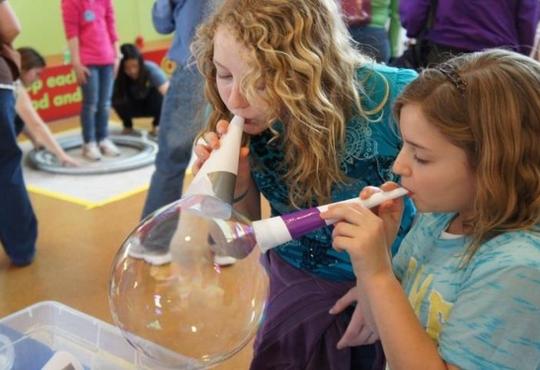I get real satisfaction teaching about health risks associated with engineered nanomaterials as students are keenly interested in both new technology and the hazards or environmental impact of chemicals. These health risk lectures are part of the required courses for students enrolled in our nanotechnology engineering program, with an aim to allow the students to better understand occupational, consumer and environmental health risks associated with nanomaterials. Many of these materials are present in consumer products: nanosilver is found on plastic food containers, clothing or toys for babies; carbon nanotubes (CNTs) and nanofibers in sports equipment; and nanotitanium dioxide in sunscreens. Students are interested in these new materials because they are either found in common household appliances or being studied as a promising materials for emerging technologies.
The toxicity of these compounds is difficult to simplify. Imagine a compound whose toxicity and reactivity is dependent upon how it was made and how it was purified, yet the compound’s name remains the same. This doesn’t happen with molecules where structure (and name) defines reactivity and toxicity. However for nanomaterials such as CNTs, the tubes can be separate and sharp, or bundled as yarn, or even dense as a compact particle, and all of this with the same label. Some of these CNTs are carcinogenic or cause lung fibrosis in animals, while others do not show this reactivity. You wouldn’t be able to tell from the name or by reading the material safety data sheet. You need to further understand the shape, degree of aggregation, surface area and impurities present, and this often involves using expensive equipment such as an electron microscope.
I couldn’t recommend that high school chemistry teachers bring pure nanopowders into the classroom for students to manipulate, as that situation could result in the student being exposed to material that can be easily aerosolized and with potentially high toxicity. Much information is needed regarding that particular batch of nanomaterial. However, there are other ways of bringing nanotechnology into the classroom. Our students are taught to use pastes, where the nanopowders are mixed into an oil or solvent. These can then be dispensed a drop at a time without inhalation risk to the student. High schools wanting to introduce their students to some new materials could rely instead on prepared pastes. With respect to disposal, currently all nanomaterials, regardless of whether they are in a paste, are treated as hazardous waste.
I completely understand that chemistry instructors are always looking for something that can stimulate a student’s scientific curiosity, and in the process give them a better understanding of the world around them. While we can ‘virtually’ show them new materials, products or medicines, the introduction of some of these substances into the classroom makes it real for the student. I encourage teachers to continue to search out these ideas that motivate these young students, and let those who want to explore nanomaterials know that safety protocols for these compounds are slowly being developed across the country. I feel it is wiser to ask questions about health risks than rely on the currently inadequate safety data sheets for nanomaterials. Health risks are only now slowly emerging for many products of nanotechnology.
Notes
Freely available guidelines called General Safe Practices for Working with Engineered Nanomaterials in Research Laboratories (PDF) are posted by The Centers for Disease Control and Prevention and National Institute for Occupational Safety and Health. These guidelines give researchers and educators a comprehensive look at the factors that need to be considered when safely handling nanomaterials.
The University of Waterloo offers a Bachelor of Applied Science degree in Nanotechnology Engineering and Bachelor of Science degree in Materials and Nanoscience. Both these programs have labs that involve nanomaterials where these types of safety considerations are top of mind.







